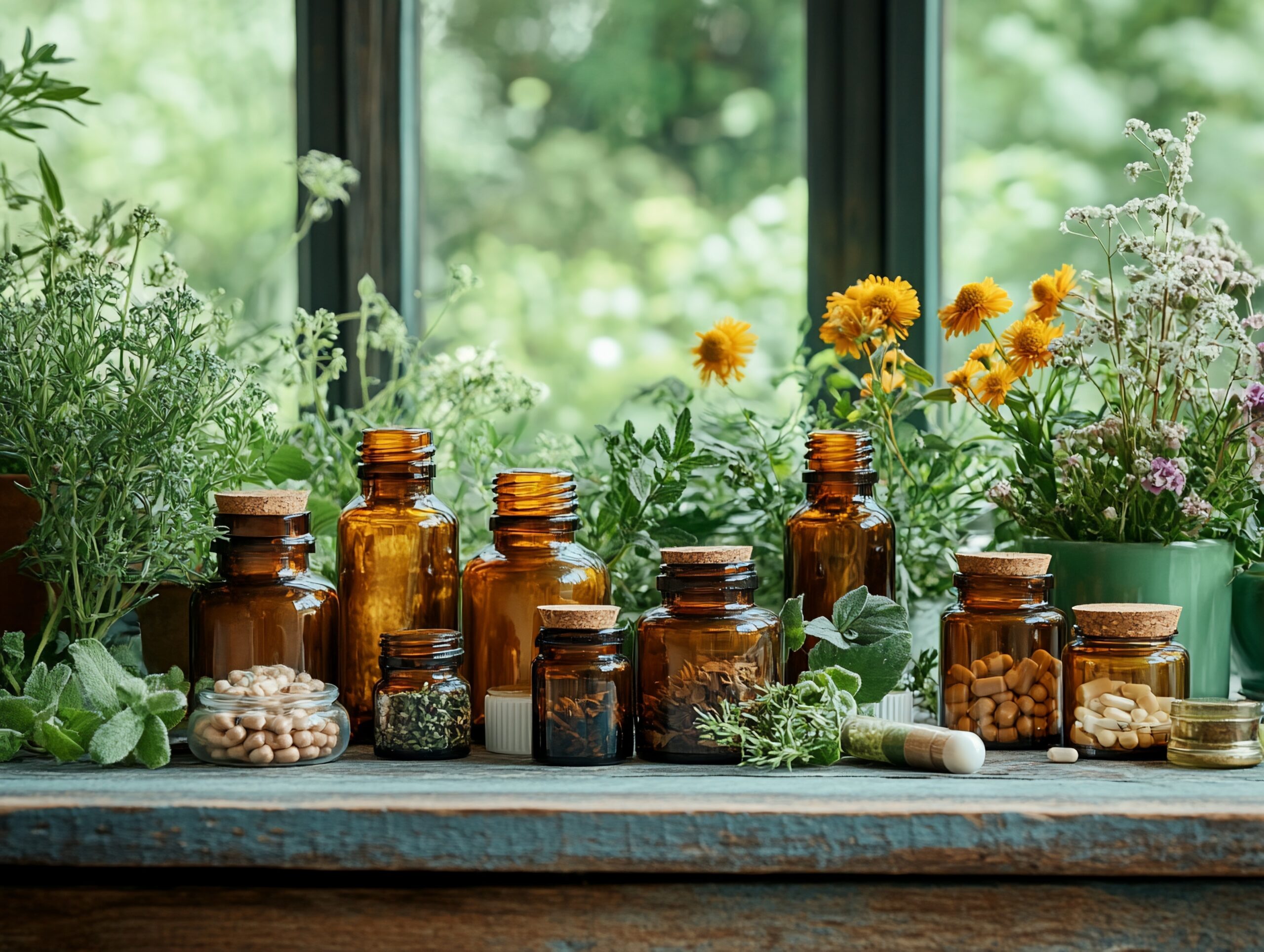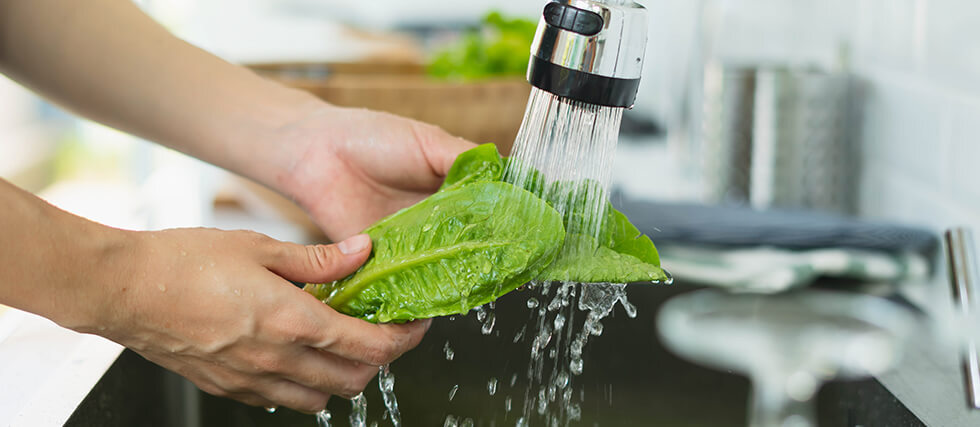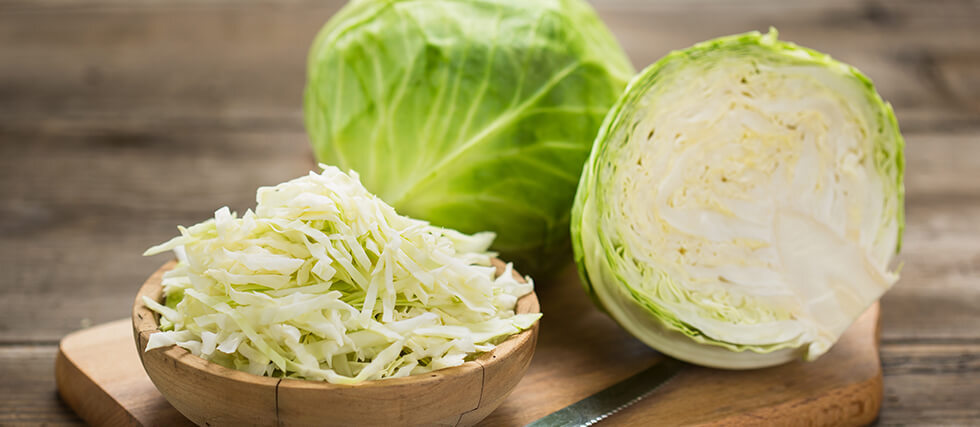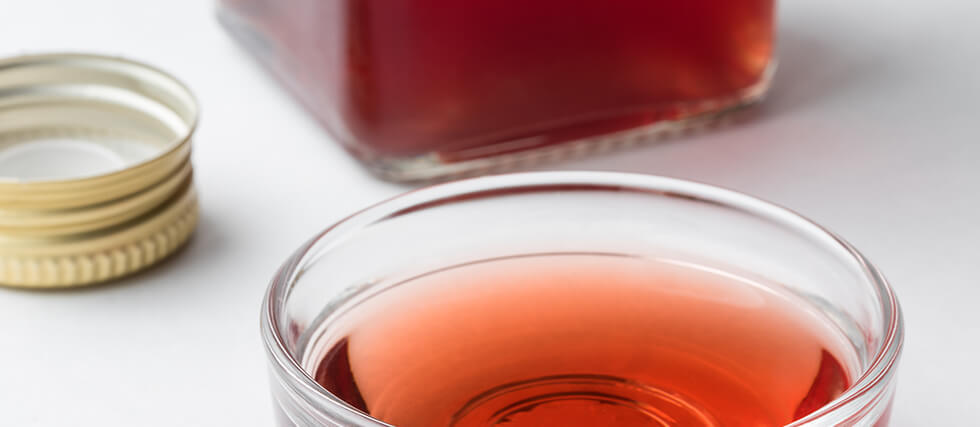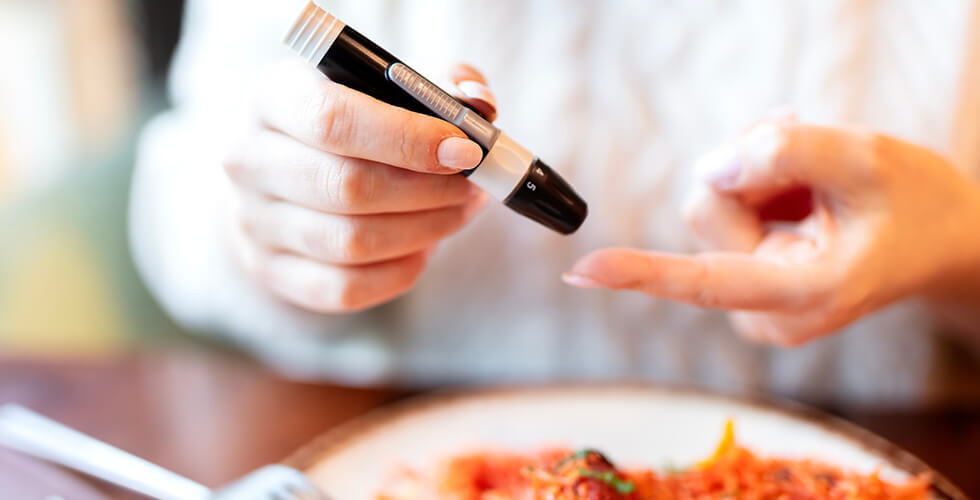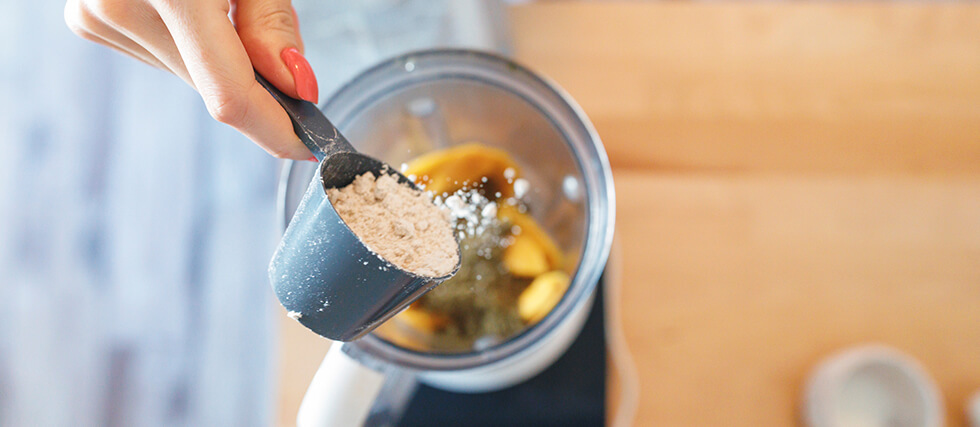Why Clear Pee Might Not Be as Healthy as You Think
For years, many of us believed that clear urine was the gold standard of hydration—a sign we were drinking plenty of water. But experts now say that crystal-clear pee isn’t always ideal and could even signal potential health issues.
According to urologist Dr. Ralph Clayman of UCI Health, the healthiest urine color is actually straw yellow. This hue indicates a well-balanced level of hydration. While occasionally passing clear urine isn’t necessarily a problem, consistently having transparent pee could mean you’re overhydrating.
Urine gets its yellow color from a pigment called urochrome, and drinking excessive amounts of water can dilute these pigments. Healthline notes that clear urine simply means you’re consuming a lot of fluids—but doing so too often can flush essential salts and electrolytes from your body.
The Cleveland Clinic warns that chronic overhydration may even put you at risk for conditions like hyponatremia, a rare but serious issue where sodium levels in your blood drop dangerously low. Symptoms may include nausea, headaches, muscle cramps, confusion, and even brain swelling in extreme cases.
More concerning, if your urine remains clear without excessive water intake, it could point to underlying health problems such as kidney issues or diabetes. The NHS adds that both diabetes and a rare condition called diabetes insipidus can make you feel constantly thirsty and cause you to urinate frequently—sometimes as often as every 15 to 20 minutes.
If you notice consistently clear urine, especially paired with excessive thirst or other unusual symptoms like burning, pain, or nausea, it’s best to consult your GP. In short, while hydration is important, moderation matters—your body functions best with balance, not extremes.






